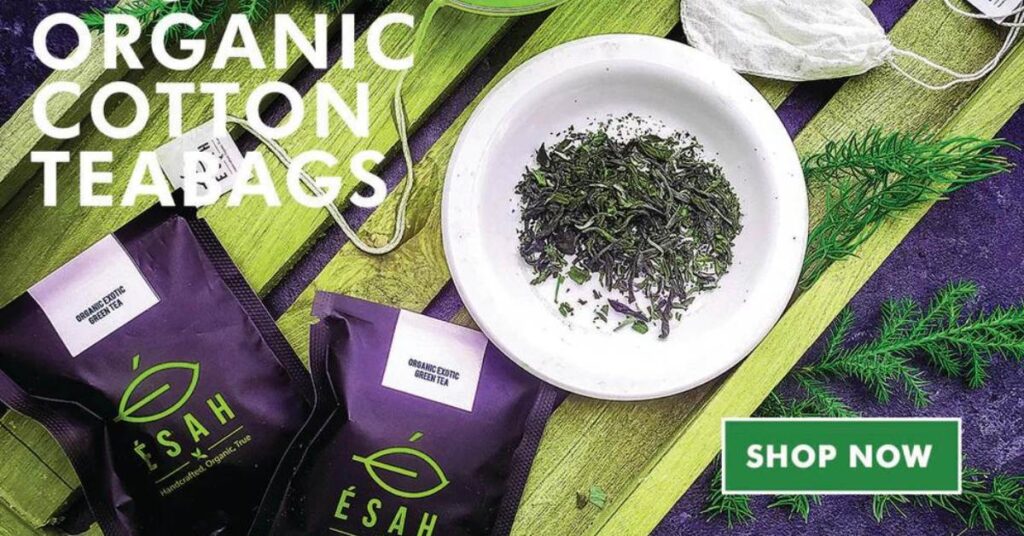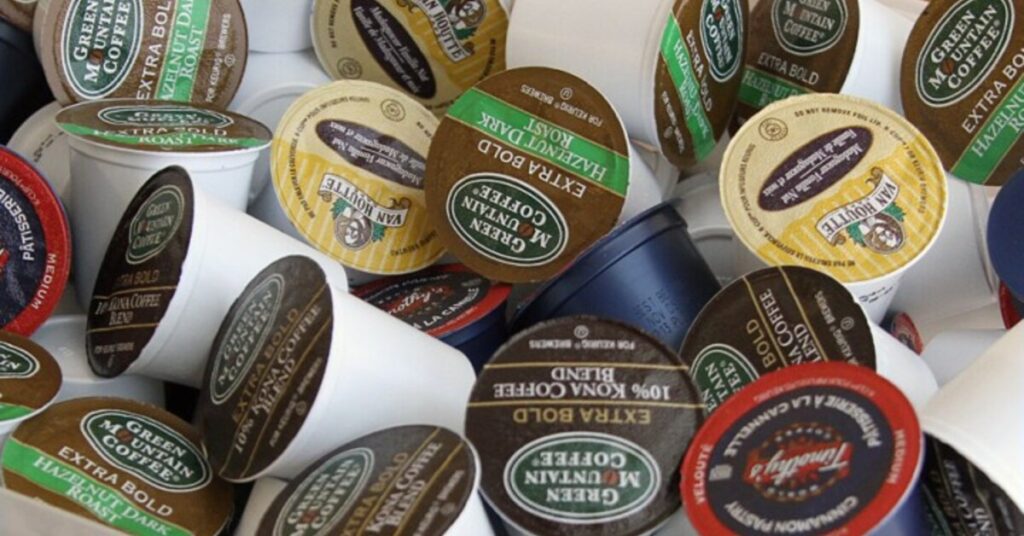The food system is experiencing an enormous level of change and unpredictability thanks to the COVID-19 pandemic that gave rise to “clean labels”. This has driven the surge for healthy foods and beverages.
According to the International Food Information Council, several food trends are emerging for 2023 – it includes demands for probiotics and protein, a focus on food labels, and diversity in food systems. Moreover, consumers are looking for ways to add sophistication to their meals both at home and when dining out. They are also scrutinizing their spending in the current economic uncertainty, but have shown willingness to pay for such premium products as they seek a small indulgence.

Prioritizing Health and Environment
Clean-label foods contain natural, real ingredients, and are synthetic-free and free from artificial ingredients, such as food additives, colorings, and preservatives among others. Basically, it’s appealing as it’s healthy and better for the environment. Research highlights that 75 percent of consumers are being more deliberate in assessing products and are trying to make better choices when purchasing food and beverages. Consumers consider claims on food and beverage packaging, being mindful of ingredient lists and nutritional information before making a purchase.
Despite inflation, factors such as improving ingredients and nutritional benefits are growing in both global and regional importance. But the brand name is still a major influencer in product selection. And consumers seek more value-add benefits report scrutinizing ingredient and nutrition labels more than before. They increasingly check product details to ensure that their preferences and needs are being met by the products they eventually decide to buy.

Brie Buenning, director of marketing for La Brea Bakery, said they are seeing more premium, perimeter-of-the-store items continuing to grow, especially in the branded space. “As consumers are having to limit their out-of-home spending or their food service spending, they are actually paying for those more premium items.”
A Clean Variety
Kelsey Olsen, consumer insights analysis for food and drink at Mintel, noted that consumers are still seeking variety when it comes to foods despite inflation. “As a foundational part of mealtimes, buns, and rolls can take advantage of people’s need for something new. Bread is a staple, winning with its familiarity and simplicity, both of which remain significant alongside innovative efforts.”
Olsen believes bread and rolls are the foundation for an easy meal solution while piquing consumer interest with new flavors, textures, and corresponding cuisines. She said snacking also presents an opportunity for the segment to showcase the versatility of products beyond traditional dayparts.
Acknowledging the rising cost of ingredients, supply chain, and labor issues, companies are developing smarter marketing strategies to highlight new uses for existing products to drive sales growth. JP Frossard, consumer foods analyst with Rabobank, said the pre-pandemic trend of adding value and differentiation to the bun is back. “We have seen the expansion in the offerings of the indulgent brioche-type products but also sprouted and organic offerings. It has brought along substantial investments in production capacity for premium buns and recent merger and acquisition activity in the segment.”
Also Read: Oatly Playfully Promotes Environmental Transparency



